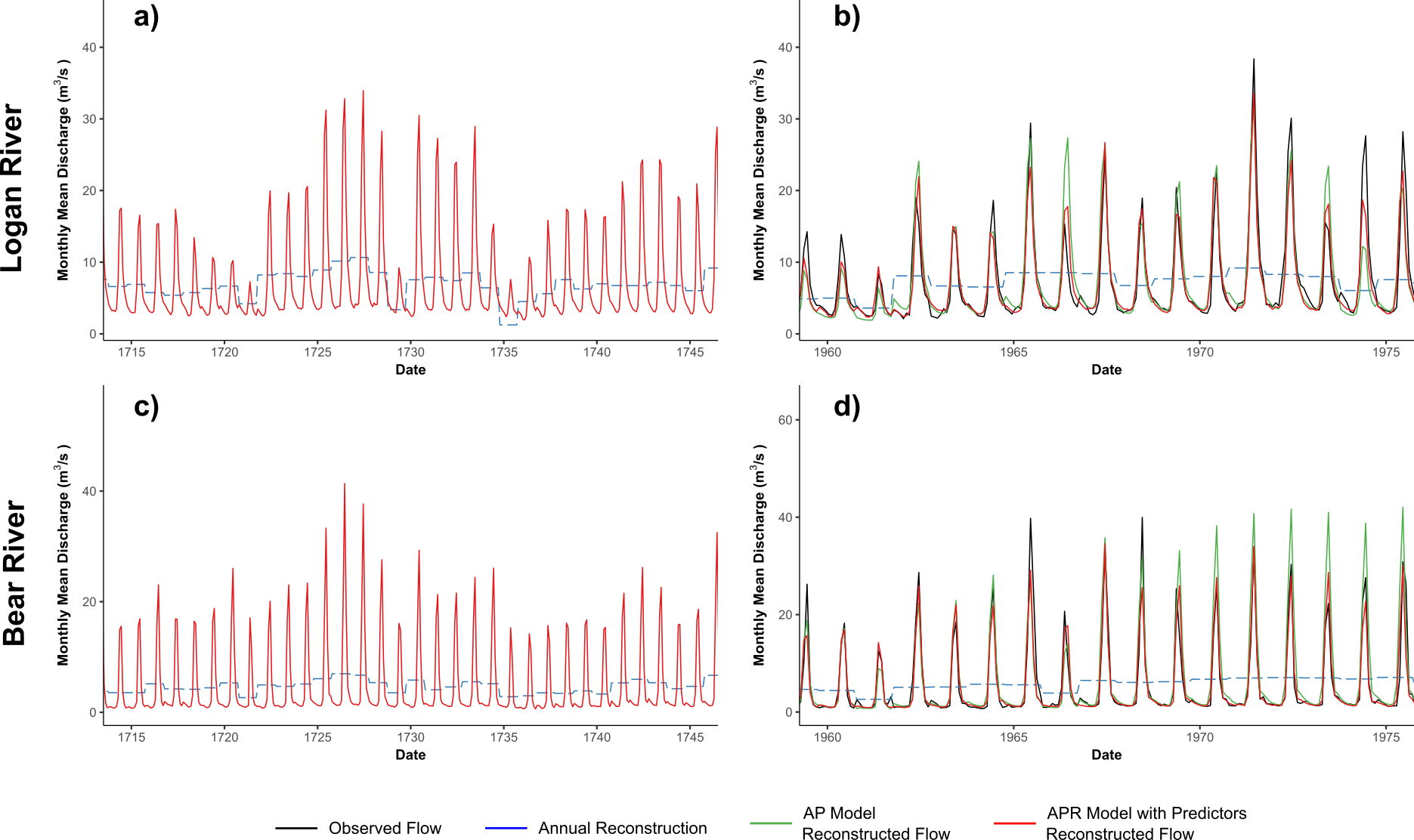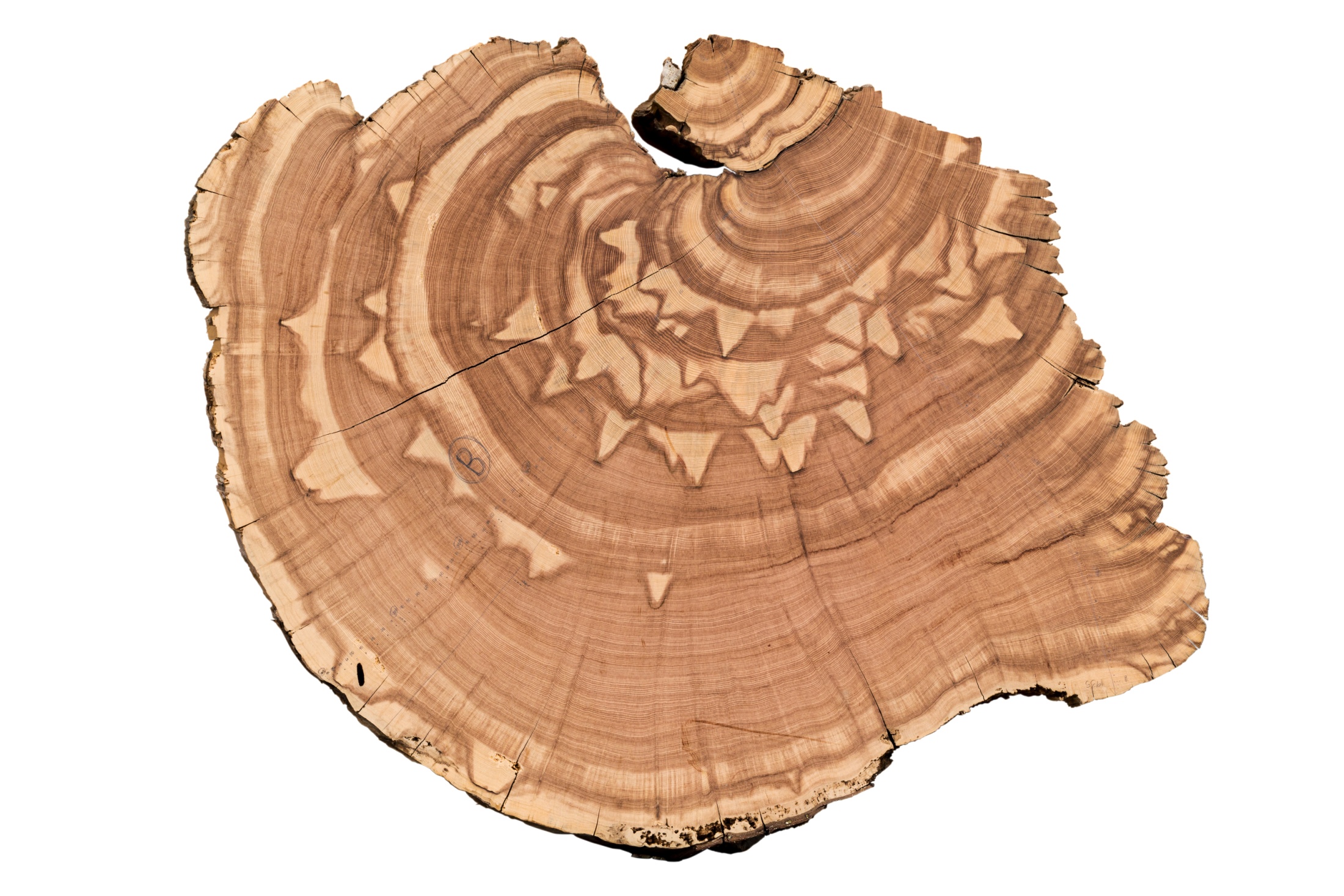
New Paper Published
Monthly paleostreamflow reconstruction from annual tree-ring chronologies
Monthly paleostreamflow reconstruction from annual tree-ring chronologies
Posted by Jim Stagge on January 03, 2018
Our new paper, titled “Monthly paleostreamflow reconstruction from annual tree-ring chronologies”, has been published in the Journal of Hydrology.
This study tests the hypothesis that monthly streamflows can be adequately reconstructed by statistically decomposing annual flow reconstructions based on tree-ring chronologies. To accomplish this, a new framework for generating monthly reconstructions is introduced that uses reconstructions of global circulation and tree-ring chronologies from various locations and species to augment the original annual reconstruction. This approach was used to reconstruct 600 years of monthly streamflows at two sites on the Bear and Logan rivers in northern Utah. The resulting Annual Percentile Regression (APR) model was shown to successfully reproduce flows across nearly all months and across the entire range of flows.
The annual resolution of prior tree-ring-based reconstructions has been a limitation for their use in water resources simulation. This study shows that monthly flow reconstructions are feasible and could be used by water managers, systems analysts, and decision makers for drought planning.
To see the full reconstructions, visit the PaleoFlow website.
Major Implications
-
Our study presents the first approach to reconstruct monthly, rather than annual, streamflows directly from tree-ring chronologies without resampling.
-
Decisions about water management happen much more frequently than just once per year and seasonal flows often determine drought, how reservoirs fill, and when there are shortages.
-
We can now simulate what major droughts over the past 600 years would mean for today’s water supply

Fig. 8. Reproduced from article. Reconstructed flows at the Logan River site for subsets of the (a) historical and (b) observed periods, and the same for (c) historical and (d) observed periods at the Bear River site.

Example tree ring from the Wasatch Dendroclimatology Research (WaDR) Group.